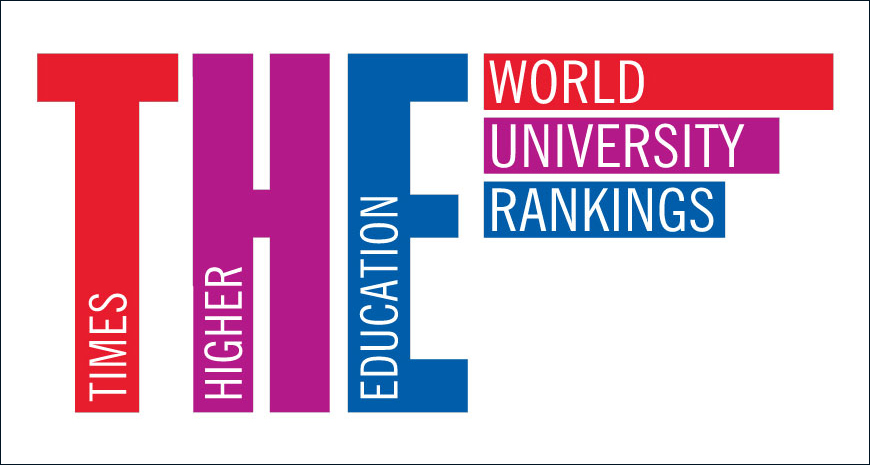HSE Achieves Greater Prominence in THE Subject Rankings

The Higher School of Economics has been included in the Times Higher Education (THE) ranking for psychology for the first time, placing in the 151-175 group. HSE also retained its ranking for the physical sciences (401-500) that it has held since last year.
‘The School of Psychology exemplifies the Higher School of Economics as a modern, rapidly developing university that emphasizes research,’ said School Head Maria Falikman. ‘The department specializes in research and development in cognitive psychology and cognitive neuroscience, the psychology of personality and motivation, and social and cross-cultural psychology. Not only do our staff members publish in the world’s leading journals for psychology and interdisciplinary sciences, but they also head highly competitive Bachelor’s and Master’s programmes that are popular with both Russian and international students. The average Unified State Exam score for incoming Psychology students was 93.5 in 2018, higher than for all other Russian universities, and the English-language Master’s programme attracted students from a variety of countries ranging from India to Ireland,’ Professor Falikman added.
When the Top 100 university psychology departments were first included in the rankings in 2017, not a single Russian university made the grade. In 2018, the psychology departments of three Russian universities appeared on the ranking – those of MSU (101-125), HSE (151-175), and SPSU (201-250).
Russian universities are traditionally strong in physics and therefore have a greater presence in the rankings for this field of study. In 2018, the published rankings expanded from the Top 500 to include the Top 900 universities. The ranking now includes 26 Russian universities, seven of which appeared on the list for the first time.
Although the departmental rankings are based on the same 13 indicators as the institutional rankings and are similarly grouped into five categories, the weight given to individual indicators varies according to subject area.
Maria Falikman

